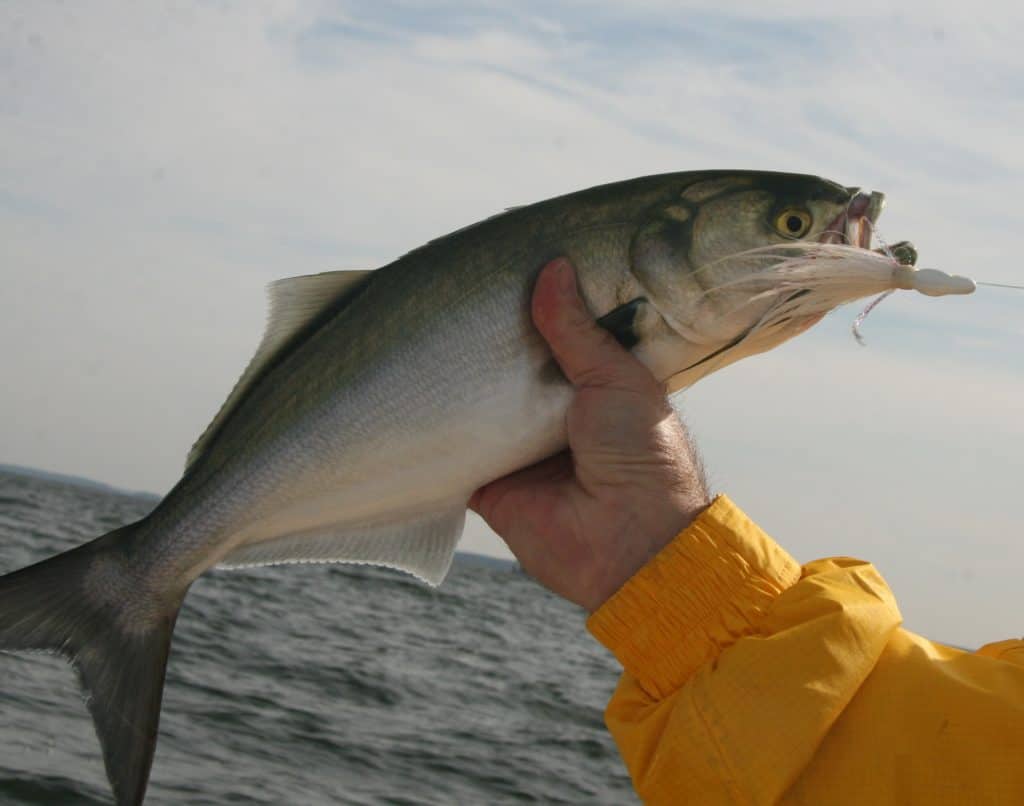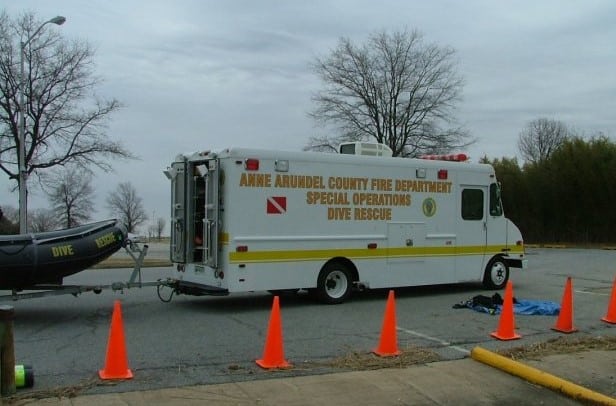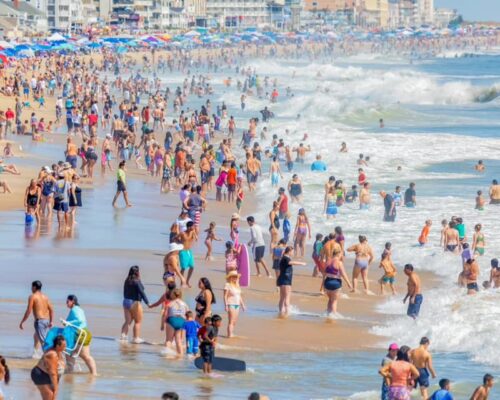According to federal fishery managers, one of the most popular sport fish in the Chesapeake and the Atlantic Ocean is overfished. Consequently, recreational anglers will see significant cuts to help rebuild the stock.
Under new rules approved last week, anglers fishing in state and federal waters will be limited to three bluefish per day while people fishing from charter boats may take home five.
The decision came at a joint meeting of the Atlantic States Marine Fisheries Commission (ASMFC), which oversees migratory species in state waters along the coast, and the Mid-Atlantic Fisheries Council (MFC), which manages fish three to 200 miles off the Mid-Atlantic coast.
Maryland’s current minimum size limit is eight inches with a 10-fish daily limit. Delaware and Virginia have no size limits and a 10-fish per-day per angler possession limit. It’s a 365-day season all around, and the current rules are the same for charter boats and individual anglers.
The current limit in federal waters from three to 200 miles offshore is 15 fish per person with no minimum size restriction. For 2020, no restrictions were made to minimum fish size or seasons. This amounts to a predicted 18 percent reduction in the recreational harvest. The commercial fishery will see a 64 percent reduction in quota.
“For many years, bluefish has been one of our most abundant recreational fisheries,” said MFC chairman and ASMFC board member Mike Luisi.
“The Council and Commission are fully committed to the effective conservation and management of this stock, but we also recognize that a sudden change in regulations could have severe socioeconomic consequences for some stakeholders. After evaluating a wide range of options and considering numerous comments from the public, we feel that this approach is the most fair and effective way to achieve the necessary reduction in harvest next year,” Luisi says.
In recent years Maryland, Delaware, and Virginia typically have accounted for less than 10 percent of the total landings of bluefish, while New York and North Carolina usually account for nearly half of the bluefish caught. States with the most bluefish quota are North Carolina, New Jersey, New York, Rhode Island, Virginia, Florida and Massachusetts.
“Here’s yet another species where we are learning the re-calibrated recreational fishing data is indicating we have been catching way more fish than we thought,” said Potomac River Fisheries Commission Executive Secretary Martin Gary, referencing the Marine Recreational Information Program (MRIP) introduced by NOAA’s Fisheries division in 2008.
“As a result, fishery managers have limited options but to make significant cuts. And more may be coming in 2021.”
MRIP surveys also revealed evidence of overfishing for striped bass, which has triggered substantial cuts to that fishery in the year to come, too.
-Chris D. Dollar




